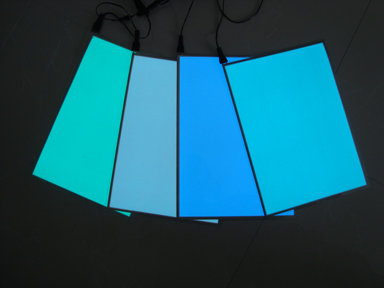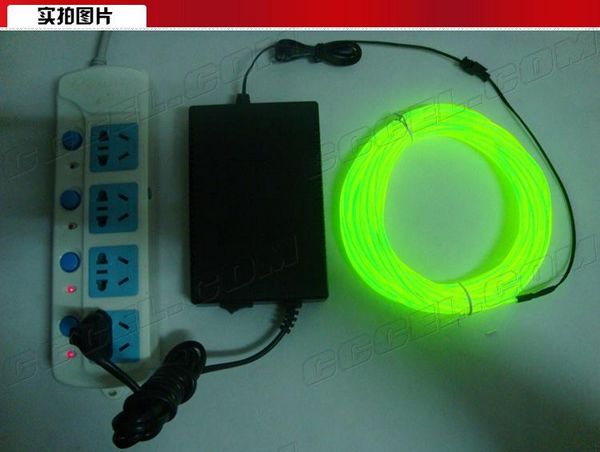The biohack.me forums were originally run on Vanilla and ran from January 2011 to July 2024. They are preserved here as a read-only archive. If you had an account on the forums and are in the archive and wish to have either your posts anonymized or removed entirely, email us and let us know.
While we are no longer running Vanilla, Patreon badges are still being awarded, and shoutout forum posts are being created, because this is done directly in the database via an automated task.
EL sheet / LED implants


im curious as to if you could implant one of these two and have a transdermal adapter for an external power source.
any thoughts?
Comments
Displaying all 7 comments
-
This is actually a really cool idea! Of course there are some inherent issues (as always D: ) The first is transdermal, @chironex has been working hard to get us there, but he is still doing tests. There will probably be a fairly signicant amount of time until we can have a reliable and **safe** transdermal. We can ignore that for now. However in my personal experience, EL doesn't hold up well. It's definlty flexible and nice, but after a few weeks of repeated bending my wire started growing quite dim and developed more of a checked line pattern. That was just cheap ebay stuff, so YMMV. Actual implantation procedure is a dosie too. I think there were some threads about subdermal wire installation and transdermal connectors floating around a while back...
-
Your skin conducts like poorly at best, and I don't think running several hundred volts subdermally is a bright idea.
-

they already have these and they seem to work fine. the light sources im suggesting would be smaller and not as bulky then these"North star" implants -
looks like the main issues is these "holes" in the implant area. i'll probably sound super dumb for saying this but, could you weld the skin to the implant ergo, sealing the rim and holes around the implant? im not super familiar with burn wounds so i have no idea if it would heal or just be burnt dead tissue around the implant.
-
@ChrisBot, I've no doubt I could successfully wire, for example, my arm if there was need as well as a good wire material that could stand up to the conditions inside the body as well as the needed ability to flex repeatedly without breaking. The procedure would be a bit unpleasant, I suppose, but very doable. What would make the whole thing much easier is if we had some kind of connector for attaching the wire to the implant in vivo that wouldn't be a sticking point for bacteria and detritus.
@Toaster, sealing tissue to a synthetic material for transdermals is the trickiest bit of all. This is what prevents transdermals from being suitable for longterm implantation. There are some promising leads, though, so it'll come eventually.
-
I know there's coated copper wire used in a lot of electronics applications, but I don't know how well the coating holds up or if it's safe for implanting. I doubt gold wire would hold up, but maybe it could be coated with something that improves durability. Is titanium-gold wire a thing? My former dentist had titanium-gold alloy for crowns as an option. Tougher than gold, but easier to shape than titanium. That's a potential option since it's used in dentistry. Though the titanium might reduce the conductivity too much.
-
id just incase a normal wire in two or more coatings of a biofriendly material.
link
i was thinking it would be something like this. it might actually be better to not put it into an area that pivots.
Displaying all 7 comments
